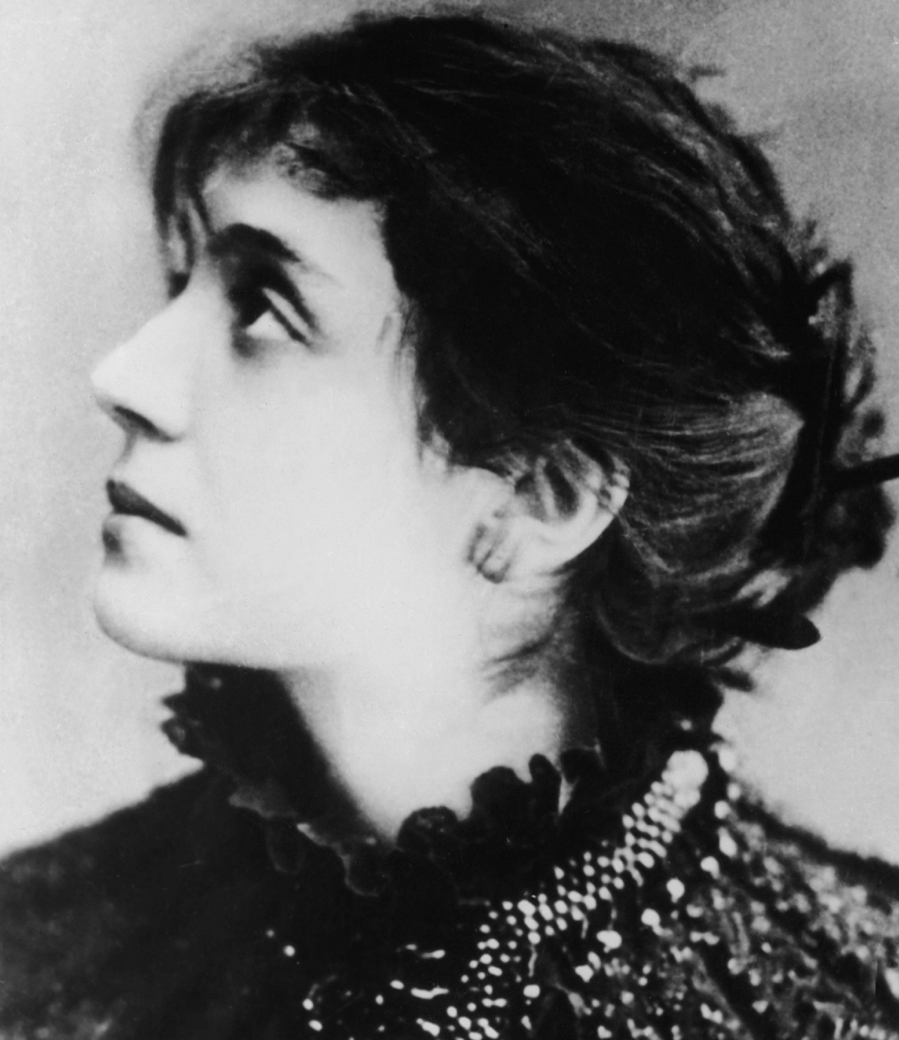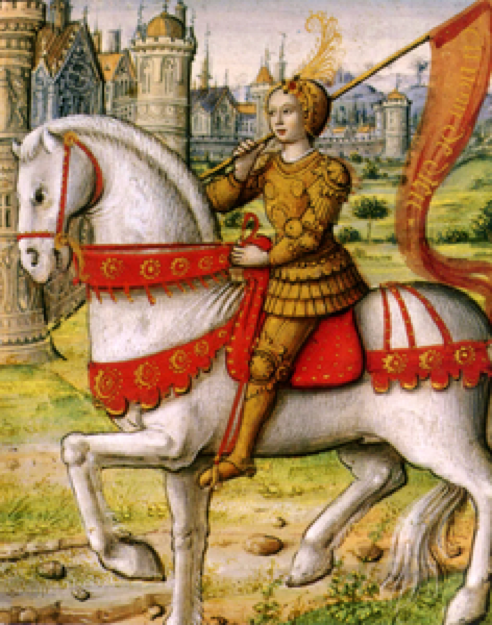How to Write About The Art of Seduction
Casanova comes to mind when thinking about the art of seduction. The title image is a partial of the movie poster for Casanova. He is an example of the Ideal Lover.
I recommend Robert Greene’s The Art of Seduction to romance writers or any writer – or to anybody who is interested in seducing someone.
Part One: The Seductive Character
There are 9 types of seductive characters (learn more about character building with my complete guide to writing a book):
The Siren – is the ultimate male fantasy figure because she offers a total release from the limitations of his life. Her presence quivers with sexuality.

Greene would agree with Marilyn: the predictable, the repetitive, and the boring spell death for seduction
The Rake – is the great female fantasy figure. When he desires a woman, brief though that desire may last, he will go to the ends of the earth for her.
The Ideal Lover – fills the fantasies of people who find themselves disappointed by reality. He or she thrives on broken dreams and is an artist in creating and fulfilling the illusion you require.

Middle-class Jeanne Poisson became Madame de Pompadour, mistress of Louis XV, who constantly met the monarch’s deepest desires and yearnings
The Dandy – is fluid and ambiguous and creates his or her own persona. Dandies play with masculinity and femininity and seduce in large numbers.
The Natural
Recreates the golden paradise of childhood and is always playful.
The Coquette – has the ability to delay satisfaction, which is the ultimate art of seduction, and while waiting, the victim is held in thrall.
The Charmer – seduces without sex. Charmers cast their spells by aiming at people’s primary weaknesses: vanity and self-esteem.

Prime Minister Benjamin Disraeli completely charmed Queen Victoria by making her feel desirable as a woman and gifted as a monarch
The Charismatic – excites us. Radiating energy while remaining detached, they can seduce on a grand scale.
The Star – gives us escape from the harsh grind of daily life. Stars glitter and fascinate.
Part Two: The Seductive Process
Once you identify your seductive type, your first job is to choose – here not mincing words – the right victim. Greene writes:
“Everything depends on the target of your seduction. Study your prey thoroughly and choose only those who will prove susceptible to yours charms…. The perfect victim has some natural quality that attracts you.”
Greene has a 24(!)- step seductive process. A sampling of some of the chapters:
Three: Send Mixed Signals
Nine: Keep Them in Suspense – What Comes Next?
Eleven: Pay Attention to Detail
Twenty: Mix Pleasure with Pain
And the final, twenty-fourth step is: Beware the Aftereffects (This guide is not for play-for-keeps relationships.)
Part Three: The Anti-Seducer:
Greene also has a chapter on the Anti-Seducer:
“Seducers draw you in the by focused, individualized attention they pay to you. Anti-Seducers are the opposite: insecure, self-absorbed, and unable to grasp the psychology of another person, they literally repel.”
The Anti-Seducer comes in 7 varieties: Brute, Suffocator, Moralizer, Tightwad, Windbag, Reactor, and Vulgarian. The names speak for themselves.
What Makes an Effective Seducer?
The effective seducer is interested not in himself but in his victim. He succeeds first by fulfilling his victim’s emotional and psychological needs so thoroughly the victim can think of nothing but him. The effective seducer is furthermore never suspected of seducing.
Greene recounts a parable from Oscar Wilde:
Once upon a time where was a magnet, and in its close neighborhood lived some steel filings. One day two or three little filings felt a sudden desire to go and visit the magnet. Other filings nearby overheard their conversation, and they, too, shared the desire. More filings joined in, all of them moving nearer and nearer, without realizing that they had moved, until one day they were swept along and jumped on the magnet on every side. Then the magnet smiled – for the steel filings had no doubt at all but that they were paying that visit of their own free will.
There’s a video!
See also: Writing Tips
Categorised in: Language, Love, Writing, Writing Romance, Writing Tips
This post was written by Julie Tetel Andresen
You may also like these stories:
- google+
- comment














